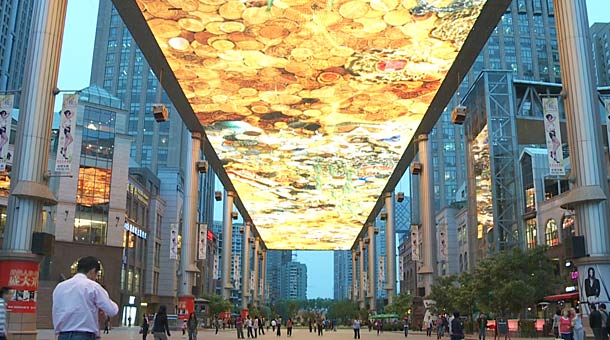
I found myself caring about urban design more than I have ever before, which is what I presume was the point of the film.

I found myself caring about urban design more than I have ever before, which is what I presume was the point of the film.
Urbanized is the third and final documentary installment of the design trilogy by Gary Hustwit. First, Hustwit focused on how one typeface that is everywhere is often overlooked in Helvetica before moving on to showing how industrial design affects our daily lives with Objectified. In this film it literally gives us a street level view of the design of cities and how urban planning affects us.
When you walk down the street urban design is everywhere and has been carefully thought about explains Amanda Burden, director of New York City Department of City Planning. “Everything you see has been designed; the width of the sidewalk, where trees are planted, the scale of the trees, how the street furniture interacts, how many stores you have per block, the height of the buildings, where they set back.”
One of the biggest impacts ever made to cities was the inventory of the automobile. Lots of changes had to be made such as streets, sidewalks, street lights. Automotive transportation allowed to better access to the city however it brought pollution, congestion and noise. Although, this initially had the most effect on American cities it has spread to developing countries as well.

The mayor of Bogota, Colombia brought up a several great points on transportation. He explains that traffic jams have nothing to do with the amount of vehicles on the road or how large the roads are. It is the amount and length of trips that vehicles must make. One of the ways to bring traffic down is to restrict car use. And the most obvious way to do that is to restrict parking. He says the constitution gives you many rights; right to education, right to health, right to housing , but the right to park your vehicle is not one of them.
By 2050 the documentary states that more than 75% people will live in a city. Currently, about 33% of people on earth live in slums without sewers, without water, and without sanitation. In one slum city there are 600 people per toilet with the politicians in the city not wanting to add more toilets because it would encourage people to come. There are many tidbits of information throughout Urbanized, some of them are real eye openers.
The best way to look at cities is that they are competing for people. They are competing for the investment people provide when they decide to live in that city. Business opportunities and living conditions are among the most important features people look for in a city but the city cannot focus on one and ignore the other. The city must provide both of these adequately in order to lure people in.
Urbanized explains how we as humans have evolved over time to see more horizontal than vertical. The theory is that our enemies have largely been on the same plain as us, only occasionally would they be up or down from us. Another fascinating tidbit is that we typically can see movements around 100 meters far and wide, which explains why a lot of older city squares are around that size.
The cinematography was done incredibly well thanks to Luke Geissbuhler, showing off wonderful footage of urban design. It showed all kinds of different street signs and street lights all around the country, it was amazing how unique they are. Also it showed how different strategies are used in different countries for transportation design. The documentary was able to capture ordinary objects and make them seem extraordinary.
Toward the end the film is when it started to lose some of the engagement for me. This is because instead of showing the design of a city it showed how politics affect a city. I am not saying that politics are not important enough to shape a city but it deviated slightly from what the film is about. It did however show how a city is essentially a living organism in of itself.
I liked Urbanized the least out of the trilogy, which without context may be misleading, considering how much I enjoyed the previous two in the series. Having said that, I found myself caring about urban design more than I have ever before, which is what I presume was the point of the film. Just like Hustwit did with his other documentaries, with Urbanized he captures everyday design that most people never think about. He does it in a captivating and skillful manner. This is the best trilogy of design documentaries period.